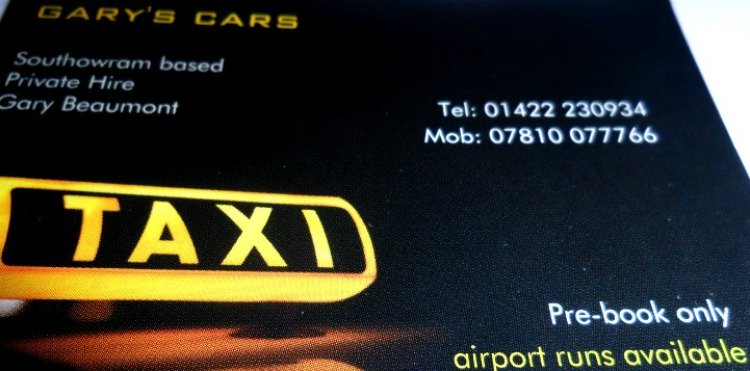Southowram History 12 - West Lane
Southowram History 12 - West Lane

So as we leave this scene of Towngate we will be moving left of this picture towards Siddal down West Lane. West Lane started with the block of terraced houses seen on the left.

These are the backs of the same block

Another view from further back but of the same terraced houses

After that block of houses (still visible on the right) we turn the corner.

Opposite the garage on the corner of West Lane where haulage company Lincoln Shackleton & Sons used to work from. They often used to deliver stone for Marshalls.
'THE PICTURE of a lorry is indeed one of Lincoln Shackleton and Sons'
The shorter man is Lloyd Shackleton and the taller is Big Jim Firth.
The lorry, I think, is a WD modified Thornycroft and at that period (1947/49) would have been purchased from the ex Army sale at Thorp Arch as new vehicles were unobtainable.
This lorry was on contract (C license) to a potato supplier in Goole hence the non Halifax phone number and the load it carries.
The picture is taken outside Lincoln and Eddie's homes, then numbered 14 and 13, in West Lane, opposite their Hall Ings Farm (now a garage)
The haulage business operated from premises down Hall Ings lane '
by Glynne L. Shackleton
(Jedburgh)

The area opposite this picture is where some of Marshalls offices stand and is called Hall Ings. This was a large house in the past whose driveway stretched back to The Park off Towngate where the entrance gates can still be seen at the home of the Lodge.

Until recently these premises belonged to 'Halco' - Halifax Tool Company - engineering works but were once a block of terraced houses and a bandroom for the local musicians.





Siddal Top Farm


Return to Southowram History 11 - New Street
Advance to Southowram History 13 - Ashday Lane
If you have enjoyed your visit to this website, please spread the word by clicking the 'like' and 'share' buttons below. Thank you


